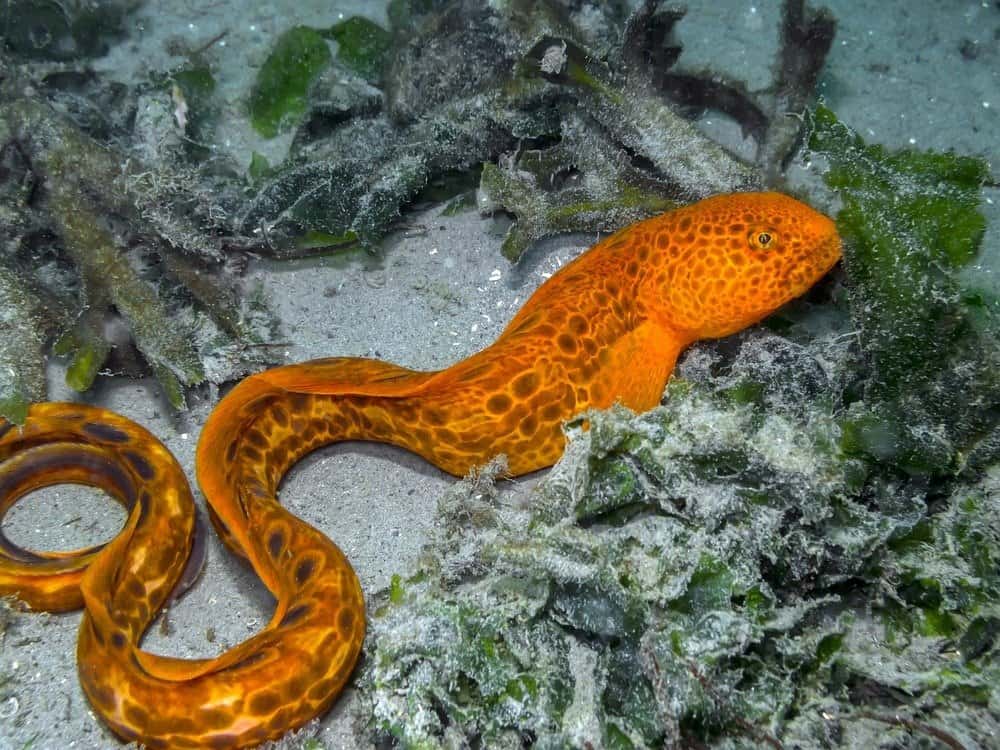

Of these silvery little fish and drifted around mooching anchovies in hope of a salmon bite. I rigged up, paddled out and came across large schools of anchovies. It wasn't hot but still quite warm for thisĮarly morning.

When I arrived in Bolinas the first light of the day was just breaking. Rather than heading straight up to Shelter Cove I stopped inīolinas, then in Fort Bragg and eventually would make it to the ultiamte destination on The Lost Coast. I had 10 days off and wanted to make the most of it. In the Central Valley often records thermostat readings above 100✯, sometimes in excess of 110✯, but there's anĮasy remedy for us: travel two hours west until you reach the coast and you may find yourself freezing in a fog bank. The trip coincided with one of the most severe heatwaves I have experienced here in Northern California. I headed to the coast to paddle my kayak and fish a little. I had 10 days to get away from it all, the pandemic and the scorching heat of the valley. Steamer Speedwell 3 miles off Cape Negro, Nova Scotia, in 90 fathoms, in the summer of 1877, and of one taken 27 miles off the entrance to Halifax Harbor (Chebucto Head) in 101 fathoms.It is the year of the Rat and that's what it feels like. The only definite records for the wolf eel eastward from Cape Sable are of 5 specimens taken by the U.

Of wolf eels at about 90 fathoms in the trough west of Jeffreys Ledge by the Albatross II in November 1927, in August 1928, and in September 1930 (a total of 61 specimens) show that they are more plentiful in theĭeeper parts of the Gulf than the previous record might have suggested. More recent captures, however, of a number Fish Commission many years ago off CapeĪnn in 75 to 110 fathoms, in the Western Basin in 115 fathoms, and off Cape Cod. It was formerly regarded as very rare within the Gulf of Maine, the only records for it there up to 1925 having been of aįew specimens trawled off the mouth of Passamaquoddy Bay in 35 to 50 fathoms of one 4 inches long taken off Monhegan Islandīy the Grampus on August 2, 1912, in 60 fathoms and of several that were collected by the U.

75☁5' W.) to abreast the western end of Georges Bank (long. The wolf eel has been trawled at many localities on the continental slope at 200 to 600 fathoms from the offing of Cape Fear, So far known only off the coasts of Nova Scotia and of New England, and southward along the continental slope to the offing Nothing is known of its way of life or of its breeding habits. To the southward, on the continental slope, it has been trawled down to 603 fathoms. Upper limit, but the fact that the Grampus specimen mentioned below was taken in a tow net, though close to bottom, proves that it sometimes rises from the ground. This is a bottom fish, living on mud or sand and confined to considerable depths of water. Maximum length about 10 inches usual length about 4 to 6 inches.
#A wolf eel series
The sides are light brown above the lateral line, white below it, with a series of 8 to 10 irregular dark brown patches which The snout becomes shovel-shaped, its length equal to two-fifths that of the head, while in the normal condition it is 271), "are transformed almost beyond specific recognition by an extraordinary development of the entire head in advance of theĮyes. Located well forward of the pectorals, and in small specimens the head resembles that of its relative in profile except forĪ somewhat wider mouth. The pectoral fins are rounded like those of the ocean pout, but smaller relatively, the small ventrals are similarly Furthermore the anal fin (about 88 rays) extends relatively farther forward than in the The dorsal fin not only originates farther back than in the ocean pout (over the tip of the pectoral instead of in front of the base of the latter), but all (about 14 to 16 times as long as it is deep), and that there is no separation, apparent or real, between its dorsal, caudal,Īnd anal fins, but the three form a single continuous vertical fin running along the back, around the tail, and forward on This fish is eel-like in form and resembles the ocean pout in most other respects as well, except that it is more slender Figure 271.-Wolf eel ( Lycenchelys verrillii), off Chebucto, Nova Scotia.


 0 kommentar(er)
0 kommentar(er)
